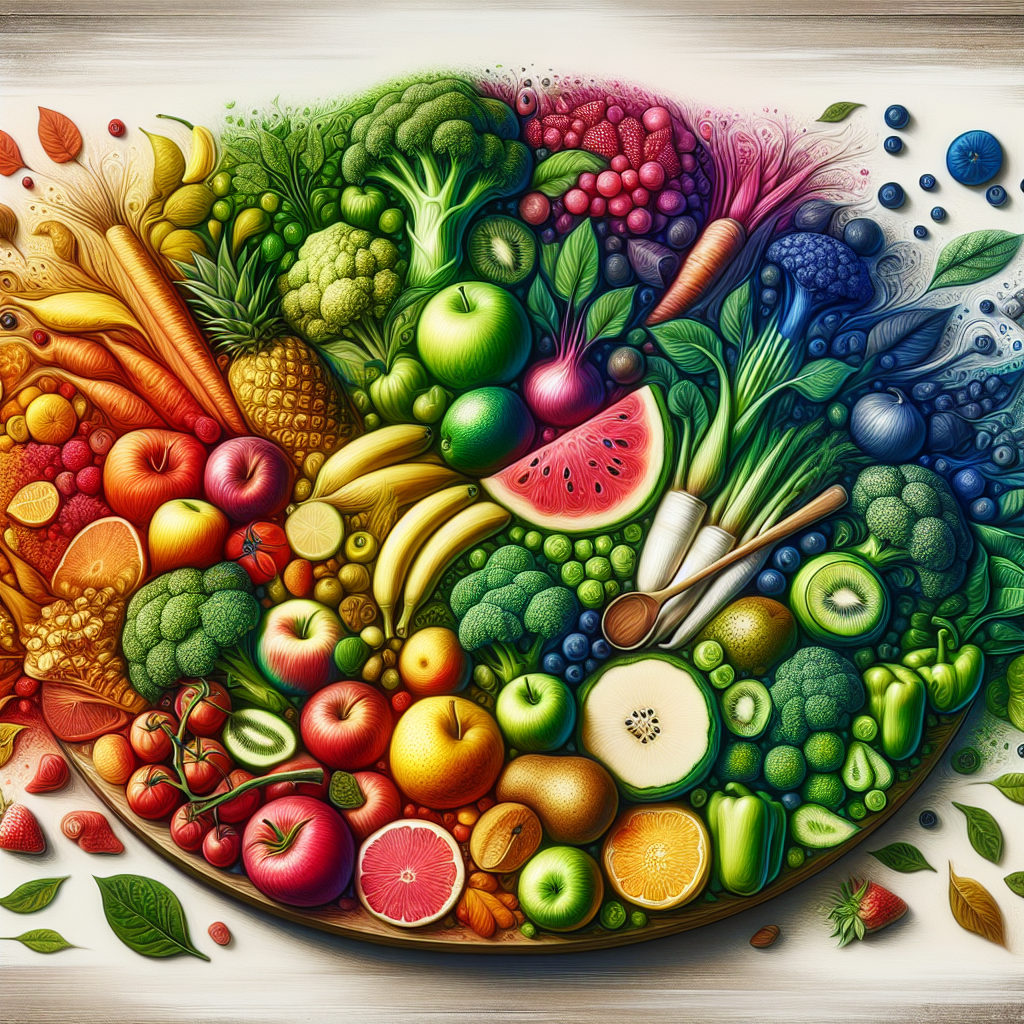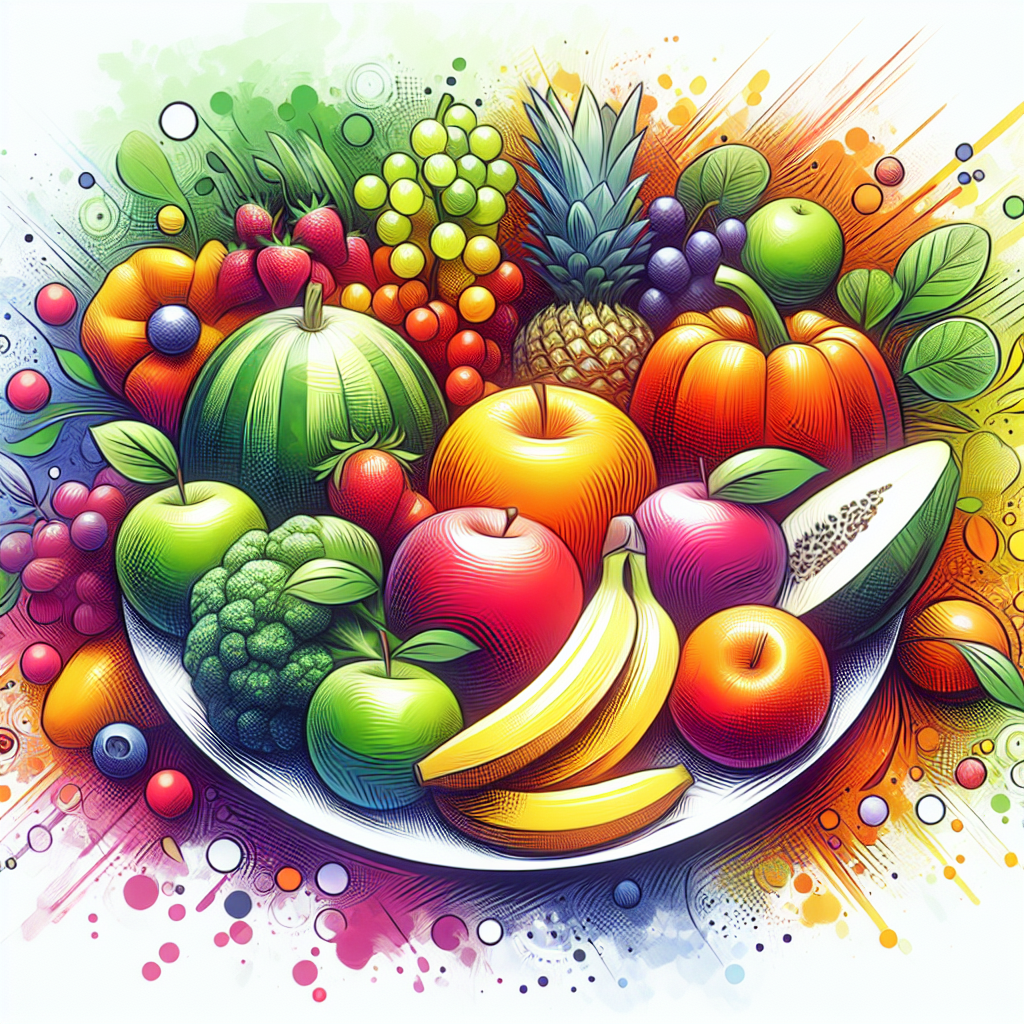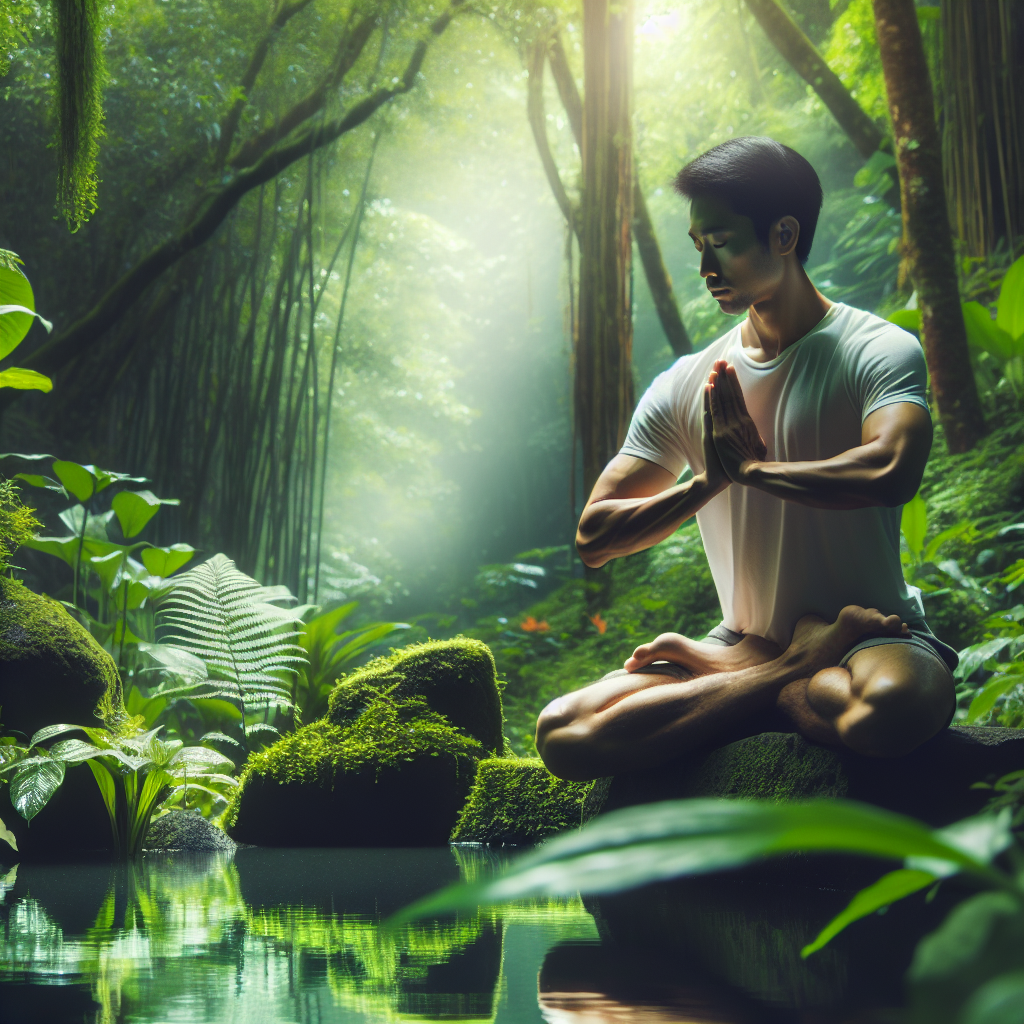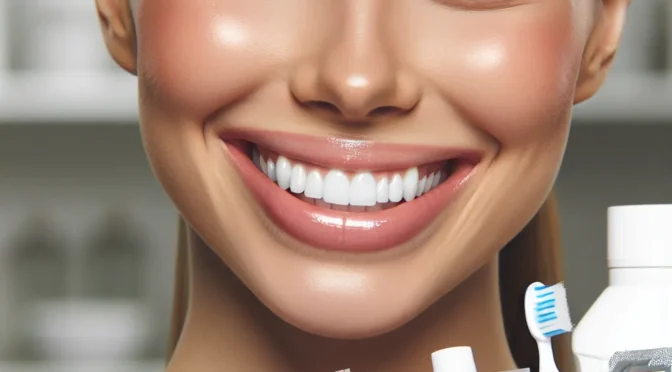The Health Benefits of a Plant-Based Diet
Switching to a plant-based diet has been gaining popularity in recent years, and for good reason. Research has shown that plant-based diets can offer a wide range of health benefits, making them an attractive choice for many individuals. One of the key health benefits of a plant-based diet is its ability to reduce the risk of chronic diseases such as heart disease, diabetes, and certain types of cancer.
Plant-based diets are typically rich in fiber, vitamins, minerals, and phytonutrients, all of which play a crucial role in maintaining good health. Additionally, the high levels of antioxidants found in many plant-based foods can help to reduce inflammation and protect the body from oxidative stress, which is known to contribute to various diseases.
Furthermore, a plant-based diet has been associated with lower levels of cholesterol and blood pressure, leading to improved heart health. By emphasizing whole grains, fruits, vegetables, nuts, and seeds, individuals can significantly lower their risk of developing cardiovascular issues. Additionally, the reduced intake of saturated fats commonly found in animal products can further contribute to better heart health when following a plant-based diet.
It’s important to note that a well-balanced plant-based diet can provide all the necessary nutrients for optimal health, including protein, iron, calcium, and omega-3 fatty acids. With careful planning, individuals can meet their nutritional needs while enjoying the numerous health benefits associated with plant-based eating.
In conclusion, the health benefits of a plant-based diet are extensive, ranging from improved heart health to a reduced risk of chronic diseases. By focusing on nutrient-dense whole foods, individuals can harness the power of plant-based eating to support their overall well-being.
How to Transition to a Plant-Based Lifestyle
Transitioning to a plant-based lifestyle can be a rewarding journey towards improved health and sustainability. Whether you’re inspired by ethical, environmental, or health reasons, the shift towards a plant-based diet offers numerous benefits. To embark on this transition successfully, it’s important to approach it mindfully and with adequate information.
Begin by familiarizing yourself with the wide variety of plant-based foods available, including fruits, vegetables, whole grains, legumes, nuts, and seeds. Experiment with different recipes and cooking methods to discover new flavors and textures. It’s also beneficial to gradually reduce the consumption of animal products while increasing your intake of plant-based options. This gradual approach can help your taste buds adjust and make the transition feel more sustainable.
Educating yourself about the nutritional aspects of a plant-based diet is crucial. Understanding how to obtain essential nutrients such as protein, iron, calcium, and vitamin B12 from plant sources is key to maintaining a balanced diet. Consider consulting with a nutritionist or dietitian to ensure that you’re meeting your nutritional needs during the transition.
Furthermore, embracing a plant-based lifestyle goes beyond just food choices. It involves making conscious decisions about other aspects of life, including clothing, personal care products, and household items. Exploring cruelty-free and eco-friendly options can align with the ethical motivations behind adopting a plant-based lifestyle.
As you journey towards a plant-based lifestyle, it’s important to approach the process with an open mind and a willingness to learn. Embracing a supportive community, whether online or in-person, can provide valuable resources, recipes, and encouragement. Remember that the transition to a plant-based lifestyle is a personal experience and may unfold at a pace that feels right for you.
By approaching the transition to a plant-based lifestyle thoughtfully and with a commitment to learning, you can uncover the numerous benefits it offers for your health, the environment, and animal welfare.
Environmental Impact of Plant-Based Diets
When it comes to the environmental impact of diets, plant-based diets stand out for their significant benefits. Research has shown that plant-based diets have a much lower carbon footprint compared to diets rich in animal products. The production of plant-based foods generally requires less water, land, and energy, making it a more sustainable choice for the planet. By shifting towards plant-based diets, individuals can actively reduce greenhouse gas emissions, minimize deforestation for livestock farming, and help conserve water resources.
Furthermore, the adoption of plant-based diets plays a crucial role in mitigating environmental degradation and biodiversity loss. Livestock farming for meat and dairy production is a major contributor to deforestation and habitat destruction, leading to a decline in wildlife populations and ecological balance. In contrast, plant-based diets promote a more harmonious coexistence with nature by reducing the demand for land-intensive animal agriculture and its associated environmental impacts.
In addition to the direct environmental benefits, embracing plant-based diets also supports sustainable agricultural practices. Organic farming methods, crop diversification, and reduced use of synthetic fertilizers and pesticides are commonly associated with plant-based food production, contributing to healthier ecosystems and soils. This holistic approach to food production aligns with principles of environmental conservation and sustainable land management.
Overall, the environmental advantages of plant-based diets are substantial and encompass various facets of sustainable resource use, climate action, and ecosystem preservation. By understanding and promoting the environmental benefits of plant-based diets, individuals can contribute to a more resilient and ecologically sound food system, ultimately leading to a healthier planet for future generations.





























